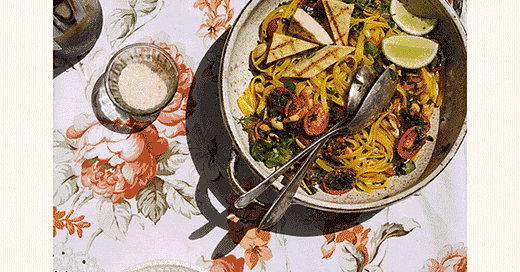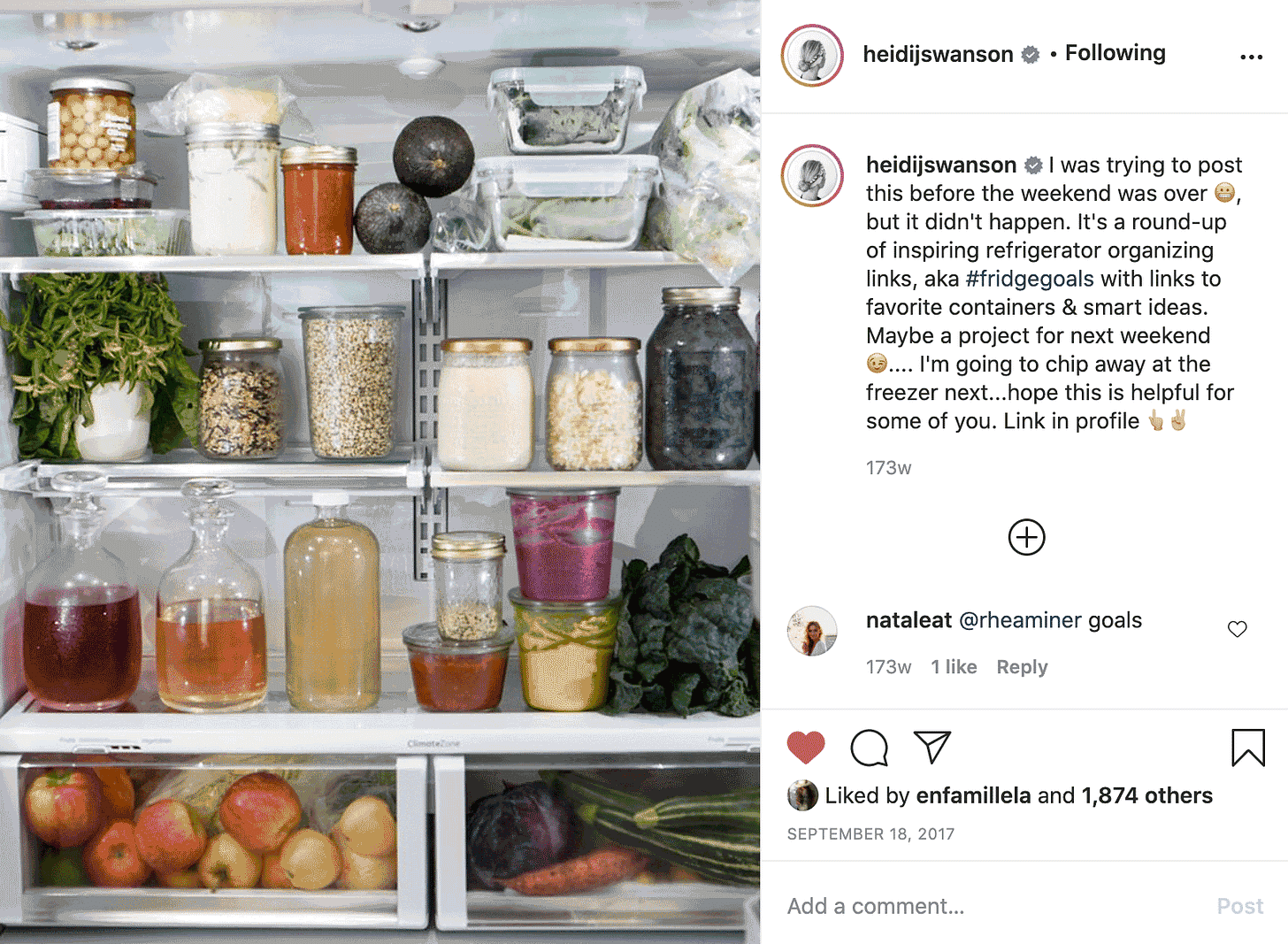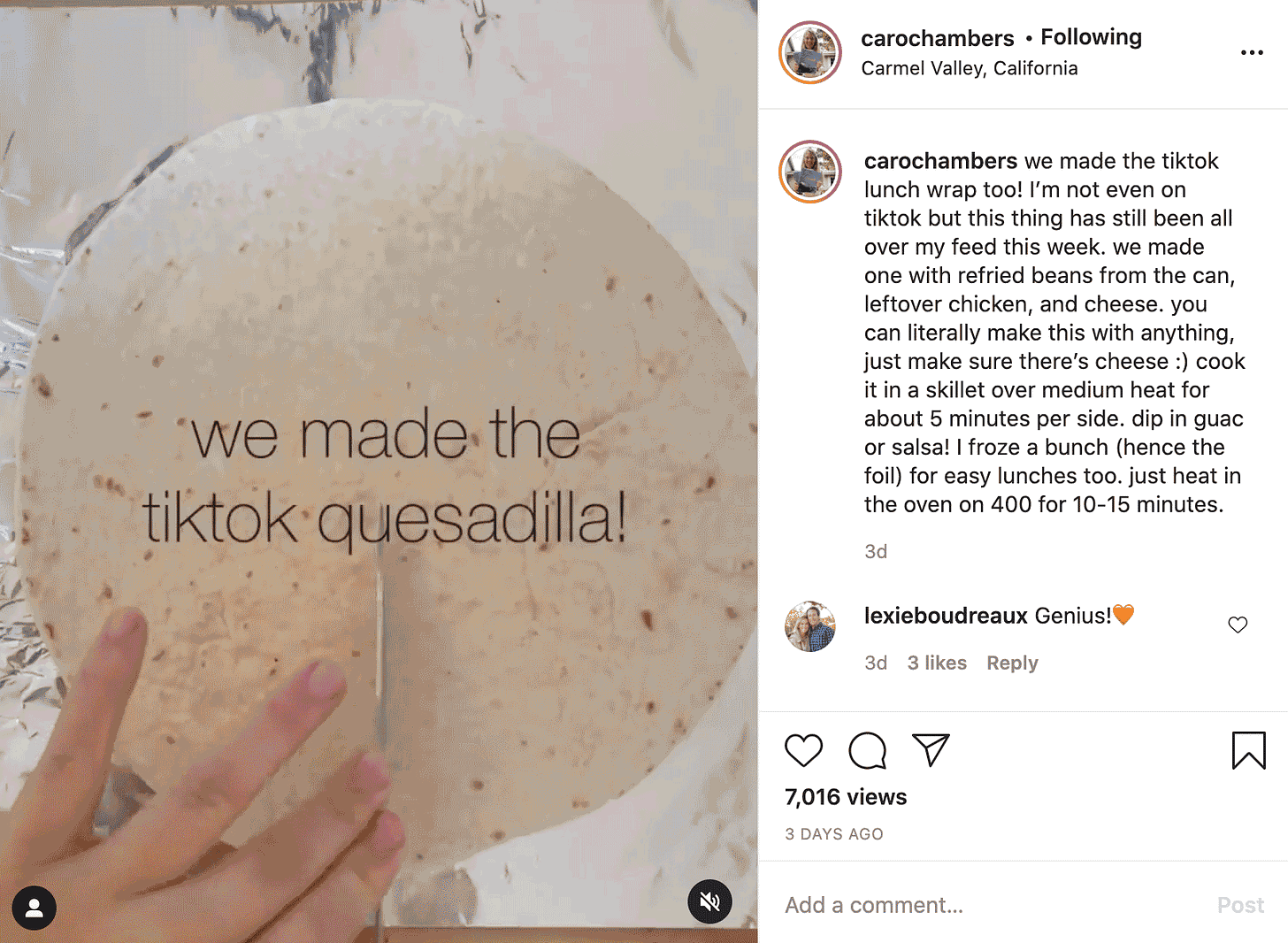Hello!
Sending our congratulations to Cowgirl Creamery's Peggy Smith and Sue Conley, who have announced their retirement after 24 years. Smith and Conley founded Cowgirl in 1997 to help West Marin dairies and cheesemakers find a market for their products, generating over $20 million annually and headlining cheese boards across the country. It’s been 4 years since they sold Cowgirl to the Emmi group, a Swiss cheesemaking cooperative which also acquired Sebastopol goat dairy Redwood Hill Farm and Creamery (2015) and Arcata’s Cypress Grove Cheese (2010).
“Creating and building Cowgirl Creamery, has been the greatest adventure in our lives,” they wrote in a letter to friends and colleagues, released Thursday. It noted that their last day was Jan. 1. “The development of Cowgirl Creamery built many careers in cheesemaking, mongering, food safety, sales and distribution. We leave a seasoned team of leaders, each with their own team of passionate people working together to strengthen this artisan cheese movement.” 4 years after acquisition by Emmi, founders of Sonoma County’s Cowgirl Creamery retire via North Bay Business Journal
If you’re a regular Cowgirl customer, you no doubt share our appreciation for their Mt. Tam: a triple cream, washed curd cheese with a bloomy rind. It’s as iconic as they come and shows off the glory of their long-time partner, Straus Family Creamery’s organic milk. Mt. Tam forever!
Btw, I'm Bruce Cole, Publisher of Edible San Francisco. You're getting this email because you subscribed. If you'd like to hop off anytime, simply unsubscribe. I appreciate you reading this newsletter. Let’s eat.
EAT
Sneak Peek: Heidi Swanson’s Super Natural Simple
A preview of Heidi Swanson’s upcoming book, Super Natural Simple: Whole Food, Vegetarian Recipes for Real Life, arrived in our inbox today and we basically want to make everything, starting with the California Masala Cluster Granola with dried rose petals for breakfast, the Crunchy Peanut & Saffron Citrus Salad for lunch and the Double-Crisp Potatoes with Salted Mustard Yogurt for dinner. There’s an uptick in spicy recipes in this book too, including Instant Sriracha Oats to start your day as well as fiery soups like Sriracha-Tomato Soup, Jalapeño-Lime Split Pea Soup, Spicy Citrus & Harissa Carrot Soup, and Ten-Ingredient Masala Chili. Heat seems to be a theme lately since this Fire Broth Noodle Soup 🔥🔥🔥🔥 was published on 101 Cookbooks a few days ago.
We’ve been (trying) to cook like Heidi since she first published Super Natural Cooking in 2007, stocking our pantry with whole grains, seeds, nuts, dried fruits and spices that we never cooked with before. Every meal that hits the table usually has pulses or rice, combined with nuts or seeds and lots of fresh herbs. As a result, we tend to eat way more vegetarian meals now, although honestly, never gonna be a tempeh convert. 😉
Besides focusing on a well stocked pantry, the book urges you to identify 10 recipes you really love as a way of integrating Heidi’s healthy cooking philosophy into your everyday cooking. An ensemble of these ten go-to recipes makes your grocery shopping that much easier because you always know some of what you’ll be making, and it encourages you to stock your pantry with those core ingredients. It’s easy to be overwhelmed with an avalanche of recipes in the media, especially if you’re scrolling through Instagram, and having a quiver of dishes you can always make on the spot helps to ease that FOMO recipe anxiety.
The other genius concept introduced in the book, which is instantly intuitive 🤦♀️, is to “merchandise” what you have. If you follow Heidi on Instagram you’ve seen her fridge shots:
Regrettably this doesn’t look anything like our current fridge situation and betting it doesn’t look like yours either. But you’ll have to admit, opening the door and seeing all those neatly arranged ingredients would inspire you to cook even more. A quick glance and you can easily put together a simple meal. Leftovers are going to be front and center, ready to be used, versus buried in the back and rotting away.
As Heidi notes in her introduction, eating well during times of upheaval and change is sometimes the last thing on your to-do list but:
This is a book for those times when it seems easier to grab something on the go or eat out or skip the meal entirely; the times when wholesome, nutrient-packed homemade meals are needed most.
Cheers to that! Preorder your copy of Super Natural Simple from Omnivore Books.
•
Trending
What did Edible SF readers cook last year? Google says these are the top 5 recipes for the year 2020 on ediblesanfrancisco.com:
•
DIY Dungeness
We’ve been feasting on Dungeness Crab since the season opened back in November, catching them with snares at Ocean Beach. One of our favorite local YouTubers, Ish with Fish, shows you how it’s done.
DRINK
Divergent Vine 2019 Clarksburg Malbec
A bit of serendipity as we randomly pulled this bottle off the shelf and saw the Clarkburg AVA on the label, the same region as last week’s featured wine. The Divergent Vine 2019 Clarksburg Malbec is somewhat of a rarity as approximately only 0.5% of red grape plantings in California are malbec and those grapes most often end up in Bordeaux-type blends (with cabernet sauvignon). You’ve probably run into malbecs from Argentina, known for their rich, jammy and tannic style which are not exactly our cup of tea, but this bottle is not that. It’s definitely juicy. We get a big hit of concord grapes on the finish and it’s earthy too with light chocolate-like tannins. Plus there’s plenty of acidity to make it quaffable and food friendly, especially served slightly chilled.
We’re guessing the Clarksburg AVA attributes to some of that acidity, as it’s known for those grippy Chenin Blancs we talked about last week. These malbec grapes hail from the Heringer Estate, which is certified sustainable with Protected Harvest, and as of 2017, no longer uses Round Up in their vineyards.
From winemaker Aaron Bryon’s notes: We de-stemmed this malbec, 100% whole berry and fermented it in very large S-bin open air fermenters. The native ferment immediately took off the first night and the wine was completely dry and pressed off less than one week from picking. The short time on the skins yielded a very aromatic and light bodied wine, which we pressed into old French oak barrels for 8 months aging before we bottled unfined and unfiltered.
Besides Divergent Vine Wines, Aaron and his wife Amy Krahe are also proprietors of two other brands, Conduit Wines and Tag + Jug Cider Co, all of which were previously produced on Treasure Island. Former Mission residents, they just purchased a winery property in Fair Play, Eldorado County where they’ll be focusing on rosados, rosés and pét-nats, as well as the cider and cider-wine blends. Forbes featured their story last summer: These Small Wine Brands Found Opportunity In 2020, Despite Setbacks and you can follow along with their move to via Instgram: Conduit Wine.
We purchased this bottle at Other Avenues.
•
Just How Clean is Clean Wine?
Megan Bell, winemaker for Margin Wines in the Santa Cruz Mountains, was surprised to see Cameron Diaz stop by her table during the 2018 Raw Wine festival in Los Angeles, but noticed she was particularly aloof and not really interested in tasting. As you may have heard, Diaz and her business partner, fashion executive Katherine Power, went on to launch Avaline wines last year with a marketing campaign that touted “Clean” and organic wines.
Bell, who makes low-intervention wines in the Santa Cruz mountains under the label Margins Wine, became downright frustrated. "It felt like they saw what [the natural wine community] responds to and said, 'Let's learn what these people are doing and emulate it just to make money without actually doing the actual work." In fact, a quick scroll through Avaline's Instagram page makes for an easy winning streak in clean marketing bingo –– there's a crisp, linen-clad picnic set in a lush meadow, leafy stalks of kale and powdered mushroom latte mix in a grocery basket, and a French netted bag on the handle of a Vespa. —Oset Babür in The Cleanwashing of Wine for Food & Wine
THINK
Sniff Sniff: When Chefs Lose Their Sense of Smell
Then one evening, as his boyfriend made dinner, Burke realized he couldn’t smell anything—not the garlic, not the onions, not the searing beef. He thought, “This is really weird. I see it, but I can’t tell it’s happening through my senses.” Burke, a former pastry chef in Columbia, South Carolina, lost his sense of smell through Covid-19-related anosmia and experienced continued taste distortions from another condition. —H. Claire Brown in For food professionals, not being able to taste or enjoy what they cook magnifies fears about their livelihoods for The Counter
•
She Said, She Said
Kavin Senapathy, a former GMO proponent (“I wanted to shout it from the rooftops. Not only were GMOs safe, they were wonderful”) changes her tune.
As I stepped back from the movement a bit, I began to see its tactics as domineering, more eager to outargue the other side than have a dialogue that weighs all of the facts. In August of 2017, one of Monsanto’s communications directors suggested that high-yield GMO corn is a technology that only “fearmongers” oppose. But it’s not anti-science to question the sheer quantity of genetically modified corn grown in the U.S., I thought. Little by little, I and others, including my MAMyths co-founders, began to question being “pro-GMO.” —Kavin Senapathy in Why I Stopped Defending GMOs: The scientific evidence is important, but there’s more to consider for Slate
•
Eat More Kelp!
“Kelp is a core part of the new climate cuisine,” said Bren Smith, 48, the founder of the nonprofit GreenWave, which promotes regenerative ocean farming, a type of farming that deliberately improves the health of the place being farmed. Now is the moment, Mr. Emmett said, when consumers are likely to see more kelp products in the United States, because of a more developed infrastructure: more kelp farmers on the water, more processing plants, and innovative approaches to drying and preparation (like the use of defunct tobacco barns). —Hannah Selinger in Why Isn’t Kelp Catching On? It’s a superfood and good for the environment. So, what’s the problem? for The New York Times
•
Our Latest Newsletter Recommendations:
Bettina Elias Siegel, who penned the popular WordPress blog called The Lunch Tray that advocated on issues relating to children and food policy has started a new Substack:
The Lunch Tray covers all things kids and food—from school food policy to family dinner recipes to picky eating help. Each week, I’ll share a rundown of the kid/food links I find interesting or important, in a format you can easily scan to find what most interests you.
If cookbooks are your jam, here’s a look into the business side of things from Paula Forbes:
I love cookbooks. And what’s more, I know cookbooks: I’ve been a professional cookbook critic for over ten years, and my reviews have appeared on Eater, Epicurious, Lucky Peach, and Food 52. Stained Page News is where, every Tuesday, I share news, recipes, exciting upcoming books, details on new releases, my personal recommendations, and random cookbook-related content that I think is funny.
CHATTER 😈


SPOTTED 👀
ONE MORE THING
This sure seems like a metaphor for 2021:
Things to Do in the Belly of the Whale
Measure the walls. Count the ribs. Notch the long days.
Look up for blue sky through the spout. Make small fires
with the broken hulls of fishing boats. Practice smoke signals.
Call old friends, and listen for echoes of distant voices.
Organize your calendar. Dream of the beach. Look each way
for the dim glow of light. Work on your reports. Review
each of your life’s ten million choices. Endure moments
of self-loathing. Find the evidence of those before you.
Destroy it. Try to be very quiet, and listen for the sound
of gears and moving water. Listen for the sound of your heart. Be thankful that you are here, swallowed with all hope,
where you can rest and wait. Be nostalgic. Think of all
the things you did and could have done. Remember
treading water in the center of the still night sea, your toes
pointing again and again down, down into the black depths.
—Dan Albergotti
•
If you’re on Spotify, we’re sharing the EAT.DRINK.THINK. playlist we listen to while cooking dinner every night. It’s a mix of hip hop (A Tribe Called Quest), electronic pop (Sylvan Esso), R&B (Jorja Smith), indie pop (Dodie), 80’s hits (Style Council), a few classics (Mel Torme) and more. We’ll be posting a new mix every month.
That’s all for this week.
Thanks for subscribing to Eat. Drink. Think. This post is public, so feel free to share it. Actually, we’d be eternally thankful if you shared it with everyone you know 😉
Do you follow us yet?
Instagram: 25K+ followers
Twitter: 53K+ followers
Facebook: 6500+ followers
Did you miss the last newsletter? Check it here.
We’re outta here. Be well and take care,
–Bruce
"Everything will be okay in the end. If it's not okay, it's not the end" –John Lennon








